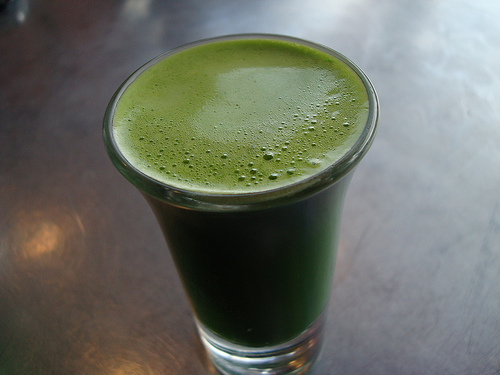





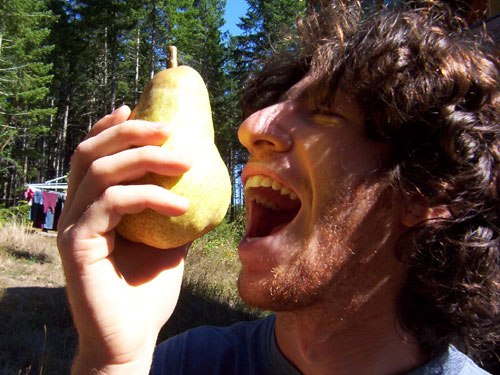

Wholesale to the Public
Your Wholesale Raw Foods & Equipment Connection
The tongue reflects the condition of the digestive
system and the organs associated with blood, nutrient
assimilation, and excretion.
What color is your tounge?
In comparison to structure, the condition of the tongue is
influenced more by daily lifestyle and provides information
about an individual's current state of health. Qualities to
look for include:
Color:
Dark red: indicates inflammation; lesions or ulceration;
and sometimes a degeneration of the related organ.
White: indicates stagnation of blood; fat and mucus deposits;
or a weakness in the blood leading to such conditions as anemia.
Yellow: indicates a disorder of the liver and gallbladder,
resulting in an excess secretion of bile; deposits of animal
fats, especially in the middle organs of the body; and
possible inflammation.
Blue or Purple: indicates stagnation of blood circulation
and a serious weakening of the part of the digestive system
that corresponds to the area of the tongue where the color
appears.
The color on the underside of the tongue can also be used to
determine the internal condition. In general, the colors and
their indications listed above are the same, with the
following exceptions:
Blue or Green: In excess, either of these color reflect
disorders in the blood vessels and in blood quality
and circulation.
Purple: In excess, this color reflects disorders of the
lymphatic and circulatory system. It indicates a weakening
of the immune ability and of the blood vessels.
Movement:
the flexibility of the tongue also reflects the condition
of the digestive system. Characteristics to look for include:
*a flexible, supple, smoothly moving tongue.
*a stiff, tense, or inflexible tongue.
*a loose or lolling tongue.
*a tongue with a pronounced slant to the left or right
when it is extended.
*Pimples or projections of the tongue's surface indicate
the discharge of fat, protein, and sugar.
Where in the body this discharge is coming from can be
determined by the specific area of the tongue on which
it appears. You can find the correlation between the areas
of the tongue and the digestive tract.
Does the morning breath or your bad breath during the day come from the bacteria in your mouth or from your body ecolog.
Or, does it come from a pungent food, such as garlic or onions you ate. Most breath malodor, in otherwise healthy people, stems from the oral cavity. The way to differentiate between an oral and non-oral etiology of patient complaints is to compare the odor emanating from the mouth with that from the nostrils. Oral malodor is more likely to originate from the tongue dorsum.
Recent scientific evidence reports that in addition to tooth brushing and oral rinsing, tongue cleaning should be an essential part of oral health care. This practice has not played much of a role in Western culture but is more practice in Africa, Asia and South America. An early 20th century researcher recommended daily tongue cleaning when it was found that the tongue dorsum was a breeding ground for Staphylococci and Streptococci.6. A clean tongue should be a healthy pink color; a whitish haze on the tongue is indicative of bacterial buildup. The more recent interest of including the tongue as an integral part of mouth care has precipitated an increase of tongue scraping devices on the market.
Volatile Sulfur Compounds
The tongue geography provides an excellent putrefactive habitat for gramnegative anaerobes that metabolize proteins as an energy source via breakdown of proteinaceous substrates from impacted food particles and sloughed off oral cellular debris, In a healthy mouth, dead epithelial cells are shed into the saliva, swallowed and digested fast enough so that they do not putrefy and cause halitosis. Inflammation causes these cells to be shed at a faster rate than the saliva can cleanse. Bacterial action then hydrolyzes the proteins to amino acids; and three of the amino acids that contain sulfur functional groups - methionine, cysteine and cystine - are the precursors to volatile sulfur compounds (VSCs). These gaseous substances, responsible for malodor, consist primarily of hydrogen sulfide (HzS), dimethyl sulfide [(CH3)zS], methyl mercaptan (CH3SH) and sulfur dioxide (S02)' Methionine is reduced to methyl mercaptan, and cysteine and cystine are reduced to hydrogen sulfide in the presence of sulfhydrase-positive microbes This microbial activity is favored at a pH of 7.2 and inhibited at a pH 6.5 (also inhibited in O.02M glucose).
As the ecology improves, many people will have been successful and
awarded with a pink tongue. Keep your mouth brushed and scraped
so that you are helping remove the wastes that accumulate.

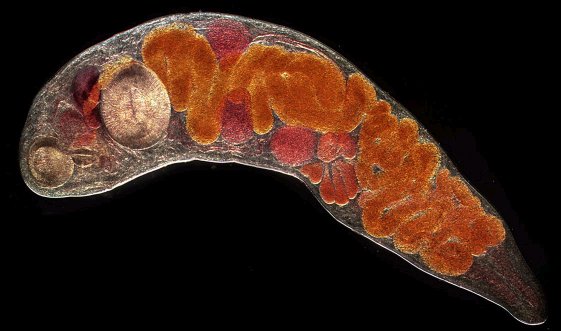

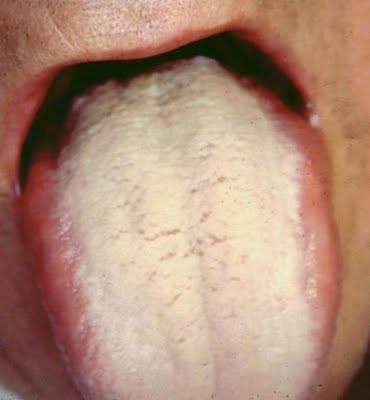
I've seen people kiss that never even bother to look at their partners tongue. The saddest part. The people kissing don't even notice it because their tongue is white too. Most people that call me that I tell to go look in the mirror at their tongue.. They have it too.. Don't be shocked if your tongue is white!
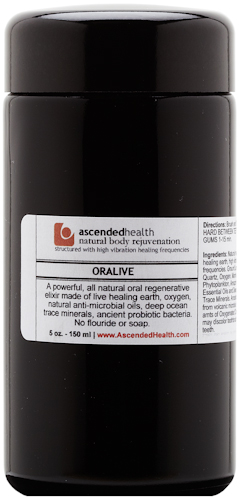
Attention Co-op members: If you want to see if you like this tooth mud (Oralive), I can send you a free sample. Email me if you want to try it. This toothpaste is the most amazing mud I have ever brushed my teeth with. I swallow it and yes, it really does help build my aerobic ecology.